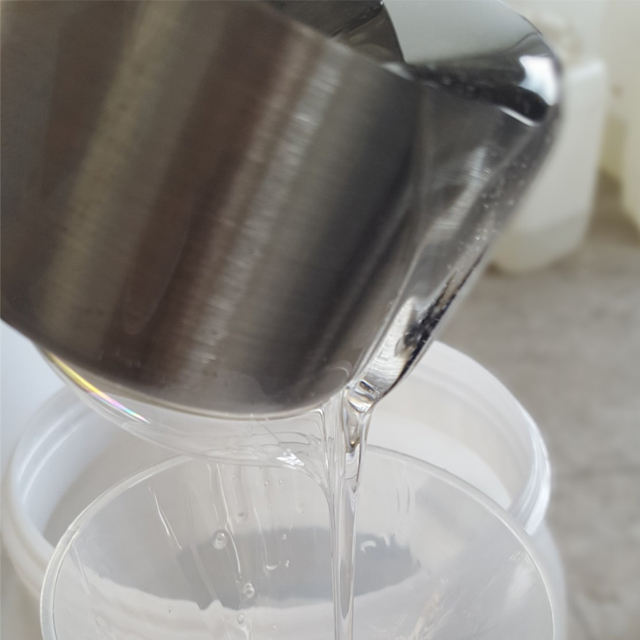
Abstract
This article delves into the fascinating world of silicone, exploring its unique properties, diverse applications, and significant impact on modern material science. By understanding the chemistry and characteristics of silicone, we can better appreciate its role in various industries.
1. Introduction
Silicone, a class of polymers containing silicon - oxygen - carbon bonds, has emerged as a remarkable material in the modern era. Since its discovery and development, silicone has found its way into numerous aspects of our lives, from everyday consumer products to high - tech industrial applications. The unique combination of inorganic and organic elements in silicone gives it a set of properties that are difficult to replicate with other materials.
2. Chemical Structure and Properties of Silicone
2.1 Chemical Structure
The basic structure of silicone consists of a silicon - oxygen backbone, with organic groups such as methyl, ethyl, or phenyl attached to the silicon atoms. This structure imparts a high degree of flexibility and stability to the polymer. The silicon - oxygen bond is relatively strong, contributing to the overall durability of silicone materials.
2.2 Thermal Stability
One of the most outstanding properties of silicone is its excellent thermal stability. It can withstand high temperatures without significant degradation. For example, in some industrial applications, silicone - based materials can operate at temperatures up to 200 - 300 °C continuously, and in short - term exposures, they can endure even higher temperatures. This makes silicone ideal for use in applications such as cooking utensils, where heat resistance is crucial.
2.3 Chemical Resistance
Silicone exhibits good chemical resistance. It is resistant to a wide range of chemicals, including acids, bases, and many organic solvents. This property allows it to be used in chemical processing plants, where it can come into contact with various corrosive substances without being damaged.
2.4 Electrical Insulation
Silicone is an excellent electrical insulator. Its dielectric properties make it suitable for use in electrical and electronic applications. It can prevent the flow of electricity, protecting components from short - circuits and ensuring the safe operation of electrical devices.
3. Applications of Silicone
3.1 Consumer Products
In the consumer goods industry, silicone is ubiquitous. In the kitchen, we find silicone baking mats, which are non - stick, flexible, and easy to clean. Silicone utensils, such as spatulas and tongs, are heat - resistant and do not scratch cookware. In the beauty and personal care sector, silicone is used in hair conditioners and skin creams. Its smooth texture and ability to form a thin, protective film on the skin and hair make it a popular ingredient.
3.2 Automotive Industry
The automotive industry benefits greatly from silicone's properties. Silicone seals are used to prevent the leakage of fluids, such as oil and coolant, in engines. These seals can withstand high temperatures and pressures, ensuring the reliable operation of the engine. Silicone - based coatings are also applied to automotive parts to improve their corrosion resistance and reduce friction.
3.3 Medical Field
In the medical field, silicone is widely used due to its biocompatibility. Silicone catheters are commonly used for draining fluids from the body. Breast implants are often made of silicone - filled shells, as the material is well - tolerated by the body. Silicone - based adhesives are used in medical devices to bond different components together, while maintaining the safety and functionality of the device.
3.4 Aerospace Industry
Aerospace applications demand materials with high performance. Silicone is used in aircraft engines for its thermal stability and resistance to harsh environments. Silicone - based sealants are used to prevent the ingress of moisture and air into critical components. In addition, silicone coatings can be applied to aircraft surfaces to improve aerodynamics and reduce drag.
4. Challenges and Future Developments
4.1 Challenges
One of the challenges associated with silicone is its relatively high cost compared to some traditional materials. This can limit its widespread use in price - sensitive applications. Another challenge is the environmental impact of silicone production and disposal. Although silicone is generally considered to be a stable material, its degradation products may have an impact on the environment, and more research is needed to understand and mitigate these effects.
4.2 Future Developments
In the future, researchers are likely to focus on developing more cost - effective production methods for silicone. This may involve the use of new catalysts or raw materials. There is also a growing interest in developing bio - based silicone, which would be more sustainable. Additionally, new applications for silicone are likely to emerge, especially in the fields of renewable energy and advanced electronics.
5. Conclusion
Silicone is a truly remarkable material with a wide range of applications. Its unique properties, such as thermal stability, chemical resistance, and biocompatibility, have made it an essential component in modern material science. As we continue to face challenges in areas such as cost - effectiveness and environmental impact, ongoing research and development will be crucial in further expanding the use of silicone and ensuring its long - term viability.
